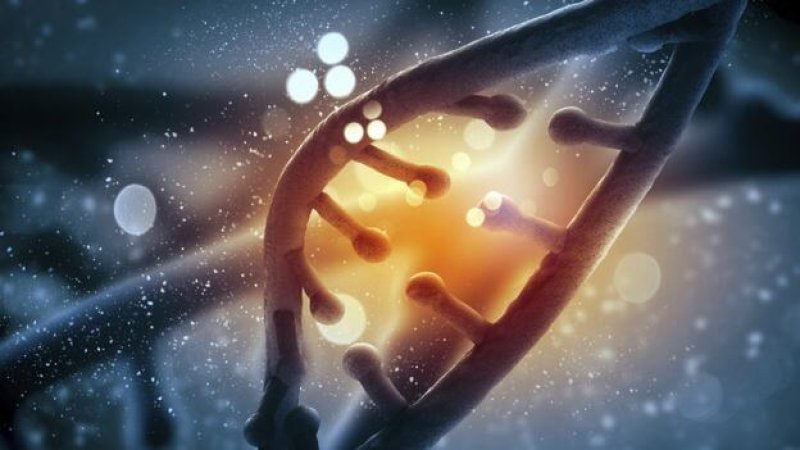The GLP aggregated and excerpted this blog/article to reflect the diversity of news, opinion and analysis.
The UK Human Fertilisation and Embryology Authority has now okayed a proposal to modify human embryos through gene editing. The research, which will be carried out at the Francis Crick Institute in London, should improve our understanding of human development.
It will also undoubtedly attract controversy — particularly with claims that manipulating embryonic genomes is a first step towards designer babies. Those concerns shouldn’t be ignored. After all, gene editing of the kind that will soon be undertaken at the Francis Crick Institute doesn’t occur naturally in humans or other animals.
It is, however, a lot more common in nature than you might think, and it’s been going on for a surprisingly long time – revelations that have challenged what biologists thought they knew about the way evolution works.
CRISPR, the gene editing technique in question, went unnoticed by biologists for decades. It was only at the tail end of the 1980s that researchers studying Escherichia coli noticed that there were some odd repetitive sequences at the end of one of the bacterial genes. Later, these sequences would be named Clustered Regularly Interspaced Short Palindromic Repeats – CRISPRs.
For several years the significance of these CRISPRs was a mystery, even when researchers noticed that they were always separated from one another by equally odd ‘spacer’ gene sequences.
Read full, original post: How bacteria invented gene editing































